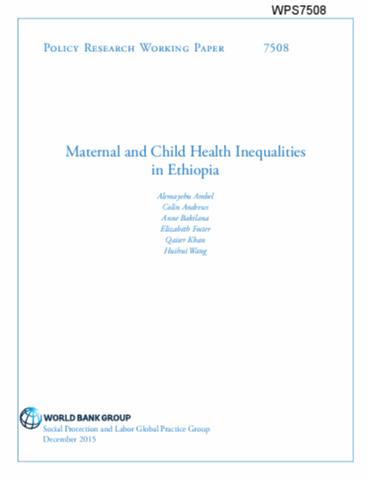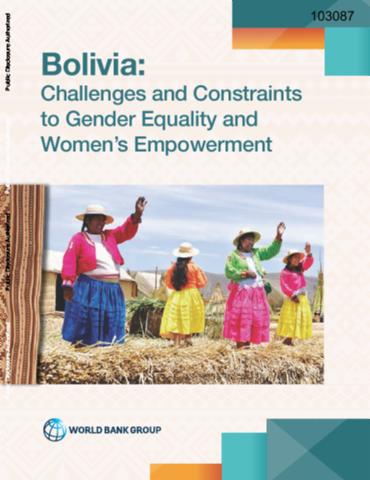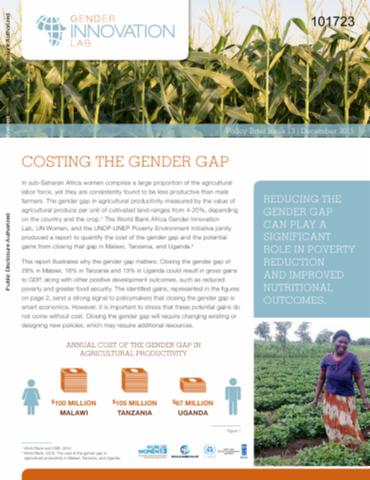Recent surveys show considerable progress in maternal and child health in Ethiopia. The improvement has been in health outcomes and health services coverage. The study examines how different groups have fared in this progress. It tracked 11 health outcome indicators and health interventions related to Millennium Development Goals 1, 4, and 5. These are stunting, underweight, wasting, neonatal mortality, infant mortality, under-five mortality, measles vaccination, full immunization, modern contraceptive use by currently married women, antenatal care visits, and skilled birth attendance.








